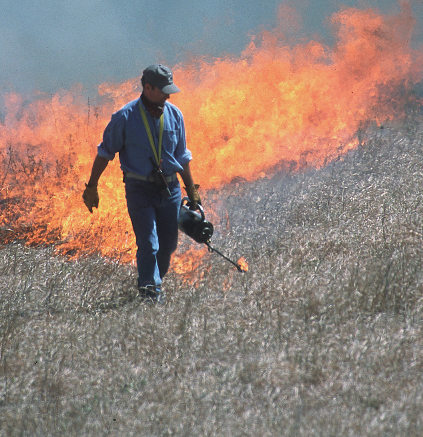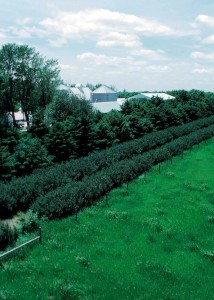Forest Stand Improvement
 Forest stand improvement involves cutting and killing selected tree species and understory vegetation to promote the development of preferred species. This practice improves or sustains timber production. It also allows greater light to pass through the canopy, which stimulates improved understory forage production and ground cover.
Forest stand improvement involves cutting and killing selected tree species and understory vegetation to promote the development of preferred species. This practice improves or sustains timber production. It also allows greater light to pass through the canopy, which stimulates improved understory forage production and ground cover.
 Tree Planting
Tree Planting
Tree species, either seedlings or seeds, are matched with soil types and selected to prevent soil erosion, increase income, or boost productivity of an existing woodland. They can be planted mechanically or by hand. Trees help to filter nutrients and chemicals from surface runoff, increase infiltration rates, and provide wildlife habitat.
Prescribed Burning
Prescribed burning is a conservation practice where fire is applied to a predetermined area within a prescribed set of conditions, dates, and with appropriate safety precautions to achieve specific purposes. Some purposes include controlling undesirable vegetation, managing native plant diversity/composition, and removing debris.
 Windbreak
Windbreak
Windbreaks are multiple rows of coniferous trees or a combination of coniferous and deciduous trees planted to protect a farmstead or feedlot from wind and snow. Often, one or two rows of shrubs are also planted. The purpose of a windbreak is to slow wind on the downwind side of the windbreak, which reduces wind erosion, provide shelter from the wind for livestock and homes, and also function as a living snow fence to trap snow.